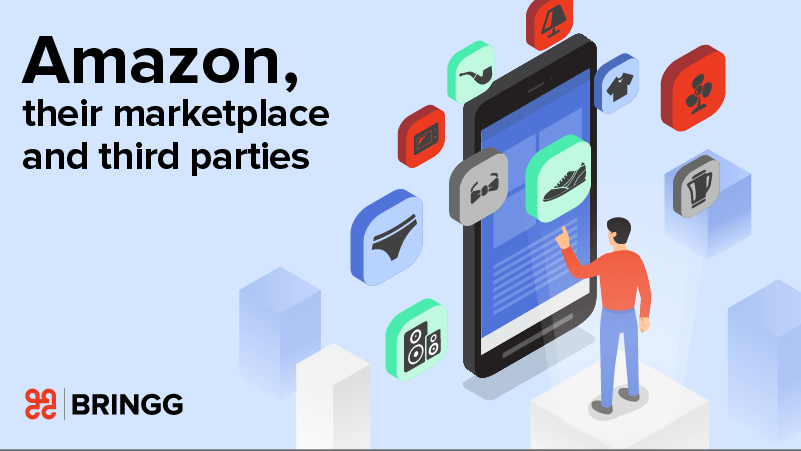Is Amazon as truly hands-off a player as they would like to seem – portraying themselves as an intermediary, neutral marketplace connecting supply and demand?
As stated on The Verge’s recent report, “Amazon is complex: it acts as a direct seller of products, while also providing a platform, called Marketplace, for third parties to sell their products. Tightly integrated into Amazon’s own sales, Marketplace products are often cheaper for consumers, less controlled, and sometimes less reliable than other products. Because the Marketplace is so intertwined with Amazon’s main “retail” store, it’s easy for customers to miss the difference.”
In their 2018 letter to shareholders, Amazon has joked that “Third-party sellers are kicking our first-party butt. Badly.” The marketplace is a cash cow for Amazon, and they’re injecting heavy capital into it. As amusing as this might be, this also posed significant concerns regarding the scrutiny or lack thereof concerning the necessary monitoring of such goods, that are changing hands by the billions – that’s billions with a capital “B”.
“The argument has given Amazon a crucial legal defense, allowing it to completely sidestep the liability that conventional retailers face[..], states The Verge. Throughout multiple legal battles, Amazon has taken advantage of its unusual legal status as some sort of hybrid – half-platform, half-store.
“[..] For the most part, courts have been satisfied by the claim, and Amazon has been able to expand its third-party seller business into hundreds of billions of dollars in sales.”
“The Wall Street Journal reported this year that more than 4,000 banned, unsafe, and mislabeled products were on the company’s platform, ranging from faulty motorcycle helmets to magnetic toys labeled as choking hazards.”
As researchers are proclaiming in a soon to be published academic paper for the Brooklyn Journal of Corporate, Financial & Commercial Law, “the courts do not grasp the magnitude of the problem or the reality of the situation.” The company’s “contention that it is a neutral platform that simply facilitates sales between sellers and buyers is a myth,” they conclude.”
It seems that Amazon is highly content with all the ambiguity surrounding this topic. Either way, this is causing frustration above all to customers, but also to the brands themselves, who are struggling with defective products, subpar replicas, and substandard industry practices concerning the inspection of goods and safety protocols assurance on marketplaces.
For brands to thrive, they must adopt a mix of vendors and solutions to ensure end-to-end visibility and control over inventory and all hand-shake activities that this entails.
To quote Bringg CEO, Guy Bloch, “no single player can stand up to Amazon’s scale. A true alternative to Amazon would require a group of companies coming together to build a digitized and connected fulfillment network” – this is the coalition model.



